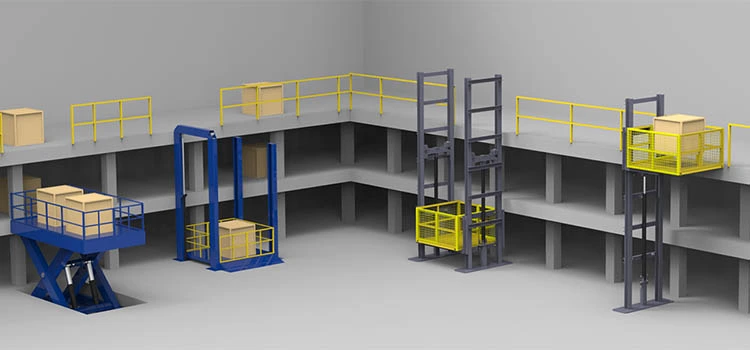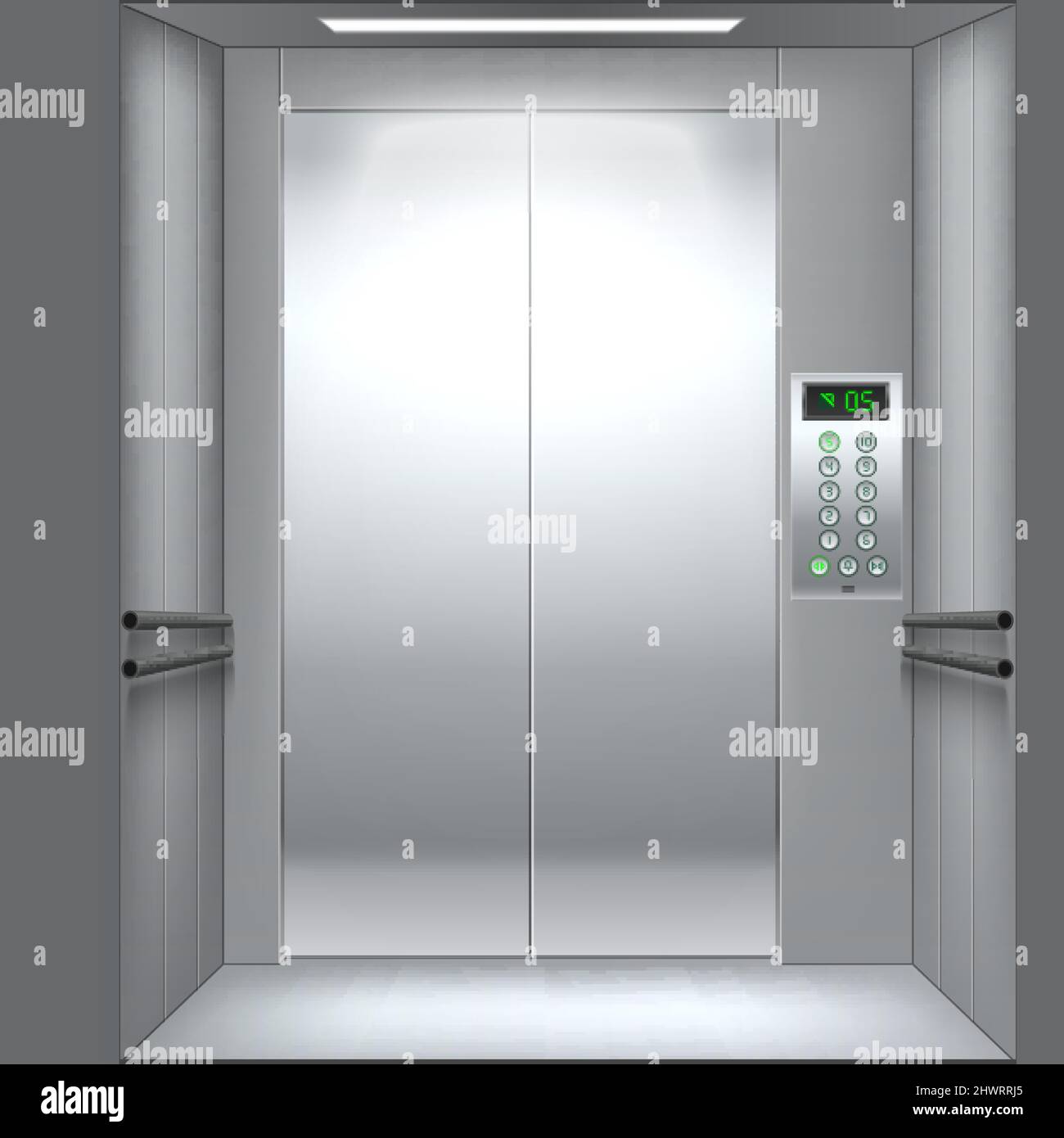Economical Lift Repair Near Me: Specialist Technicians at Your Solution
Economical Lift Repair Near Me: Specialist Technicians at Your Solution
Blog Article
Untangling the Complexities of Lift Technology: Troubleshooting Common Issues Throughout Lift Designs
In the realm of lift innovation, a myriad of ins and outs commonly exist beneath the surface of what seems a simple system. From slow procedure issues to peculiar sounds emanating from the machinery, troubleshooting common issues throughout various lift models demands a keen eye for information and a methodical technique - repair and maintenance services. As we start this trip to untangle the complexities that can plague these crucial gadgets, a much deeper understanding of the inner operations and prospective risks of lift modern technology is important. Stay tuned as we navigate through the maze of lift breakdowns, seeking solutions to the enigmatic troubles that can disrupt the smooth performance of these vital apparatuses.
Recognizing Slow Procedure Issues

Following, check the electrical links to make sure that all elements are effectively attached and operating. Faulty electrical wiring or loosened connections can cause slow down procedure or complete breakdown of the lift system. Additionally, it is essential to check the control system to determine if the issue exists in the shows or sensors.
If the aesthetic inspection and electrical checks do not expose the source of the slow procedure, further analysis examinations may be required. These can consist of stress examinations for hydraulic systems, voltage examinations for electric parts, or running diagnostic software program for the control system. repair and maintenance services. By adhering to an organized strategy to troubleshooting slow-moving procedure concerns, you can efficiently determine and resolve the problem, ensuring the lift runs securely and properly
Dealing With Strange Noises
To successfully troubleshoot lift technology for strange noises, a comprehensive evaluation of the lift components complying with the identification of sluggish procedure problems is imperative. Weird sounds in lifts can be a sign of underlying troubles that require prompt interest to make sure the security and dependability of the system. Common resources of unusual sounds in lifts include worn-out or misaligned sheaves, harmed electric motor bearings, loosened or busted suspension ropes, and malfunctioning control systems. When dealing with weird noises, it is vital to conduct a systematic evaluation of these elements to pinpoint the exact source of the noise precisely. This may entail looking for any visible indications of damage, checking the capability of electric motor bearings, tightening up loosened connections, and lubing moving components as needed.
Moreover, it is critical to refer to the lift manufacturer's maintenance guidelines and seek aid from certified technicians when dealing with complex lift elements or unfamiliar troubleshooting treatments. By quickly addressing weird noises and fixing underlying problems, lift operators can guarantee the optimum efficiency and safety and security of the lift system for guests and operators.
Handling Faulty Control Problems
A reliable strategy for resolving damaged control issues in lift innovation includes performing a thorough evaluation of the control system's parts and performance. When encountering problems with lift controls, it is essential to first look for any type of loosened links, damaged circuitry, or malfunctioning sensors. Confirming that all control display screens, buttons, and keypads are functioning correctly is also important in detecting the trouble precisely.
If no visible issues appear, specialists should proceed to examine the control board for any indications of water damages, corrosion, or overheating, as these can commonly result in manage breakdowns. Furthermore, resetting the control system or updating the software might aid settle particular problems or pests causing the trouble.

Taking On Hydraulic System Malfunctions
The performance of hydraulic systems in lifts depends heavily on the appropriate performance of numerous parts within the system. When hydraulic systems malfunction in lifts, it can bring about operational disruptions and security worries. One typical problem is hydraulic liquid leakage, which can take place as a result of damaged seals, loosened links, or damaged cyndrical tubes. To tackle this issue, specialists must perform a detailed assessment to recognize the resource of the leakage and replace any type of defective components promptly.
In addition, irregularities in hydraulic liquid levels or uncommon sounds during lift operation might show underlying system breakdowns that need immediate interest to avoid additional damage. Routine maintenance and timely troubleshooting of hydraulic system problems are important to resource guaranteeing the effective and secure operation of lift technology.
Dealing With Electrical Part Failings
Resolving electric component failings in lift modern technology requires an organized approach to identifying and dealing with concerns to maintain operational capability and safety and security standards. When experiencing electric troubles in lift systems, it is vital to very first perform a thorough assessment of the electrical parts, consisting of control board, circuitry, sensing units, and circuit boards. Any type of indications of damages, corrosion, loose links, or charred aspects should be meticulously kept in mind and dealt with without delay to stop more problems.
In the instance of electric part failings, it is vital to adhere to producer standards for repairing and repair treatments. This might entail examining the elements using multimeters, oscilloscopes, or other diagnostic tools to identify the precise resource of the navigate here breakdown. Additionally, having a detailed understanding of the lift's electrical schematics and electrical wiring representations can help in recognizing and fixing problems efficiently.
Normal maintenance and assessment schedules can aid stop electric failures by discovering potential issues early on. Appropriate training for lift technicians on electrical systems and components is likewise important to guarantee accurate diagnosis and efficient resolution of electrical issues, inevitably adding to the general safety and integrity of lift operations.
Conclusion
To conclude, troubleshooting lift modern technology calls for a systematic strategy to identify and deal with typical problems such as slow procedure, unusual sounds, faulty controls, hydraulic system breakdowns, and electric component failures. By comprehending the intricacies of lift modern technology and complying with appropriate repairing steps, specialists can effectively resolve issues and make certain the efficient and secure procedure of lifts throughout various designs.
To successfully troubleshoot lift modern technology for strange noises, a thorough assessment of the lift components complying with the recognition of slow-moving operation concerns is important. Weird noises in lifts can be indicative of underlying troubles that need timely focus to make certain the safety and security and reliability of the system.A reliable technique for resolving faulty control troubles in lift modern technology involves conducting an extensive assessment of the control system's components and functionality.The efficiency of hydraulic systems in lifts depends heavily on the correct performance of various components within the system. repair and maintenance services. When experiencing electrical problems in lift systems, it is essential to very first carry out a comprehensive assessment of the electrical parts, including control panels, circuitry, sensors, and circuit boards
Report this page